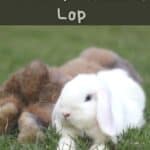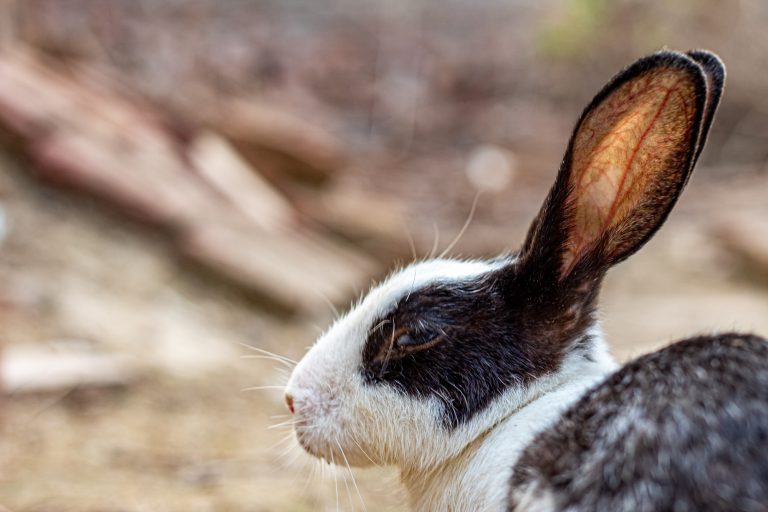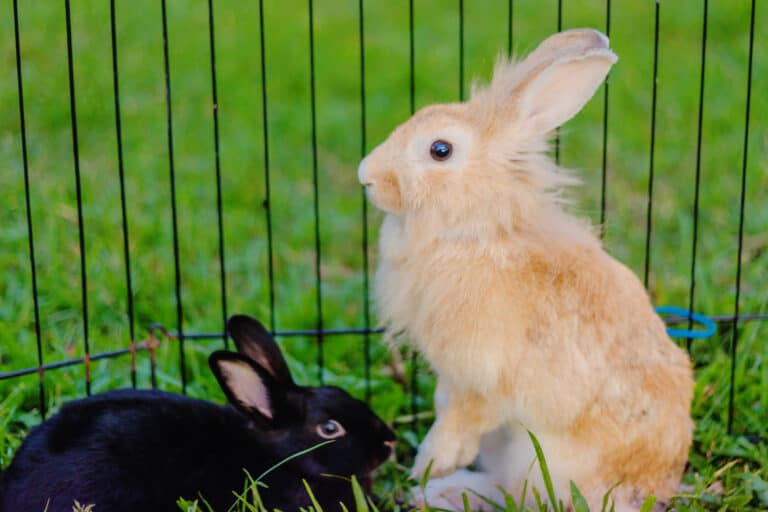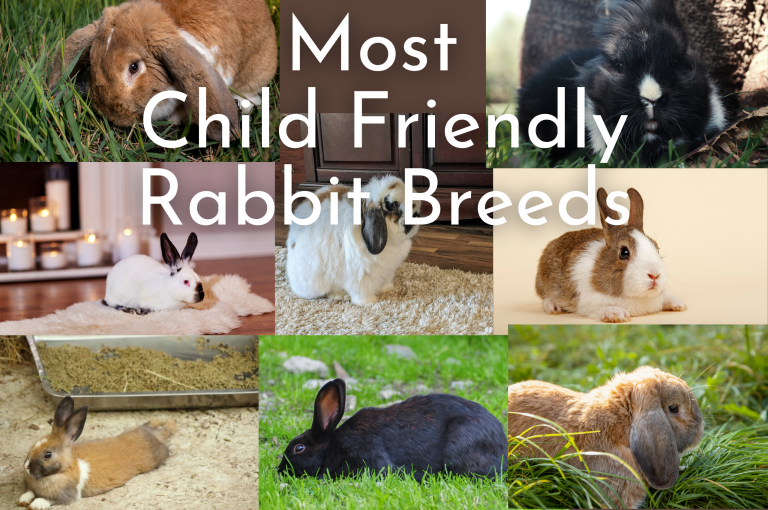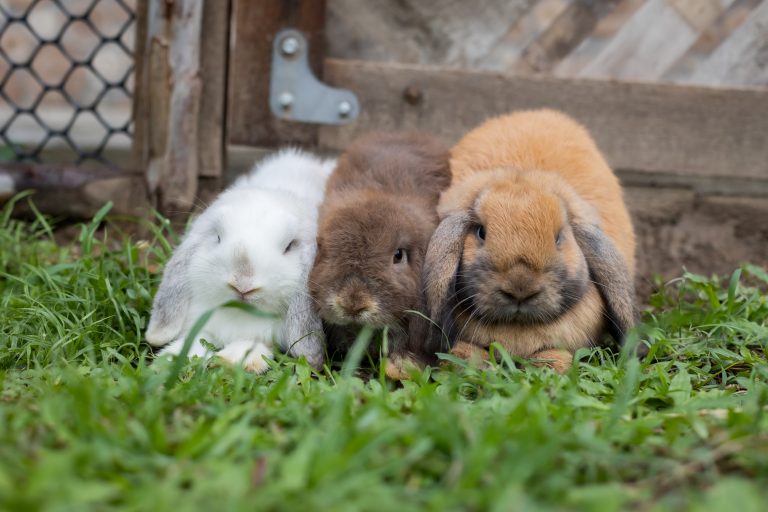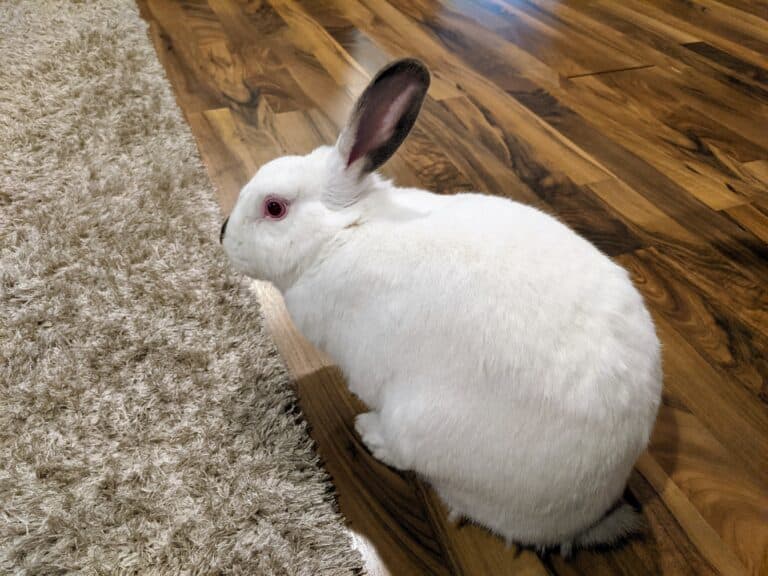Dwarf Holland Lop
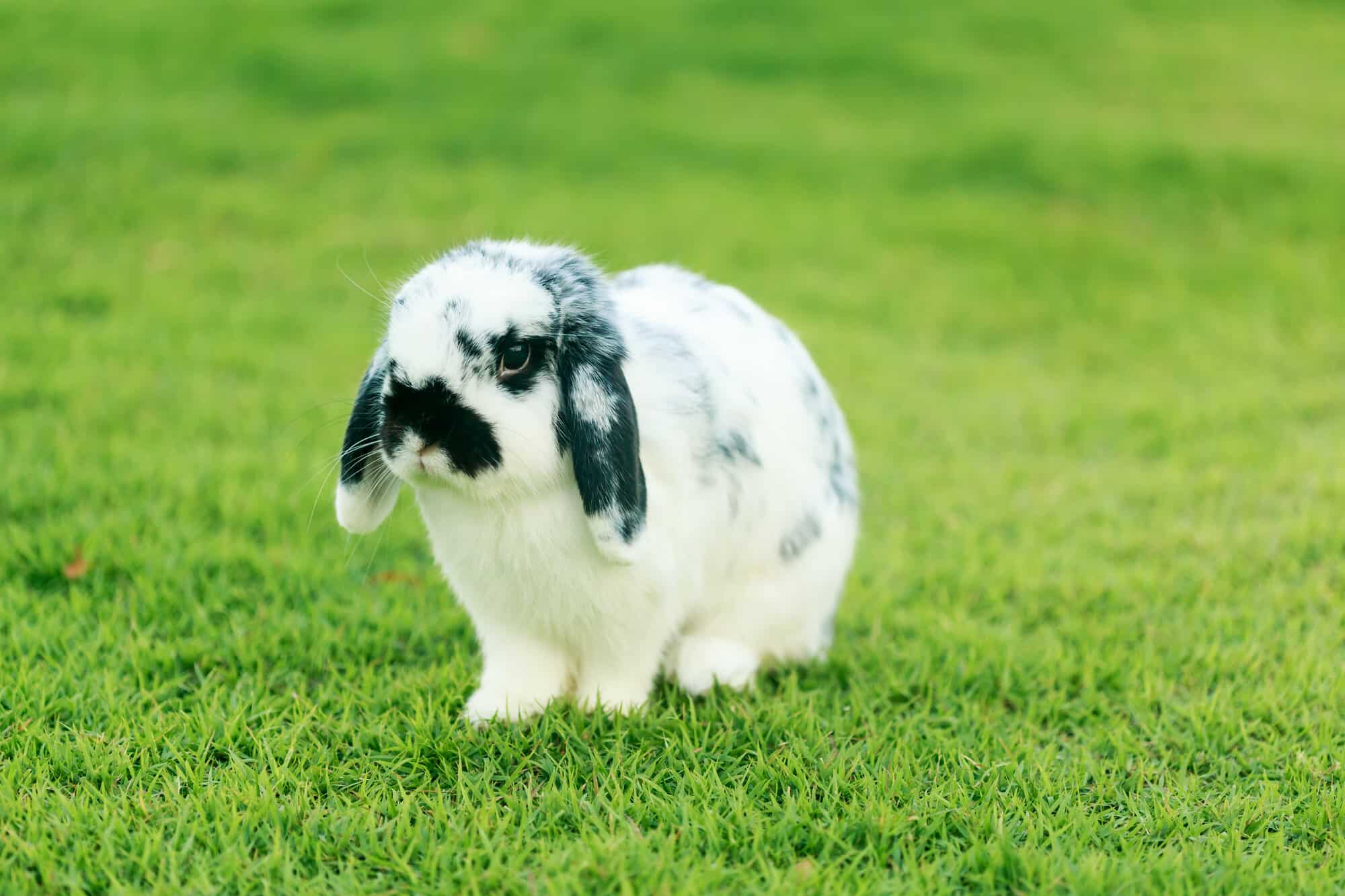
In terms of popularity in the country, Dwarf Holland Lops make it to the top ten list. With those lop ears and minuscule size, rabbits from this breed perfectly fit the term “cute.” One look and you can’t help but fall in love with them. If you’re interested in getting one of these beauties, you may want to know everything you can about the breed. In that case, let us help you find out what makes a Dwarf Holland Lop tick.
Origin
The first Holland Lop originated in Netherlands, coming from the efforts of breeder Adriann de Cock who combined the genes of a French Lop and a Netherland Dwarf rabbit. His initial try didn’t produce the Dwarf Holland Lop that we know today. It took several hits and misses before de Cock successfully produced a Holland Lop with the adorable characteristic floppy ears. The resulting new rabbit breed was eventually recognized by the American Rabbit Breeder’s Association in 1976.
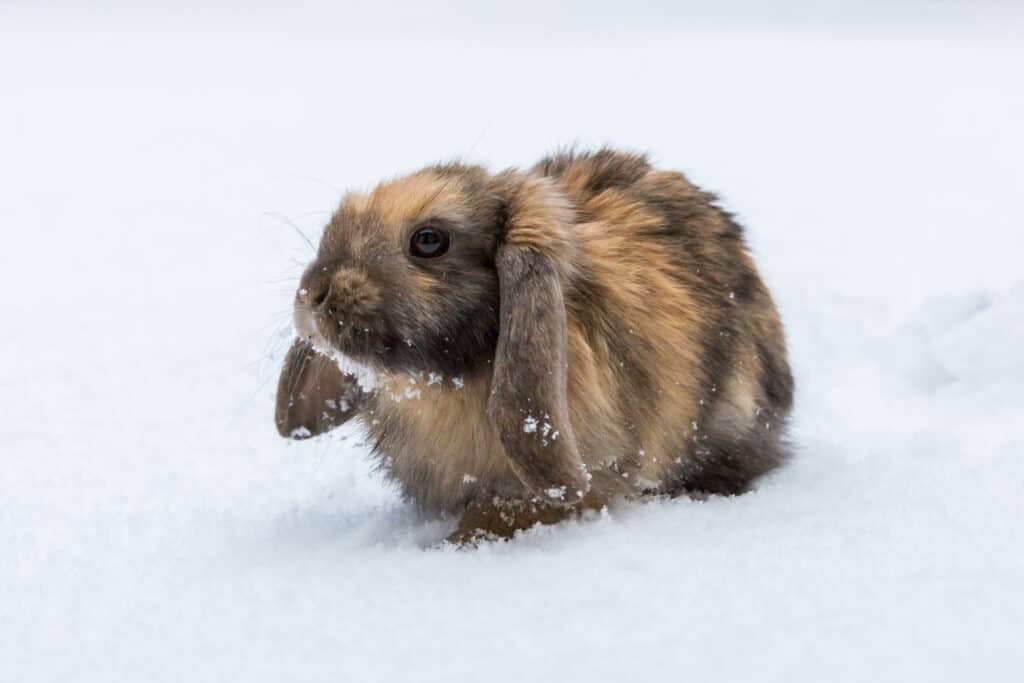
General Description
Being a dwarf breed, the Holland Lop is a tiny package of charm, weighing only around 4 pounds in adulthood and about 4-5 inches tall. It has a broad head with a puff of hair at the back, which became known as the “crown.”
The bun breed’s furry ears, which fall at the side of its heads, are some of its most distinctive features. Those floppy appendages frame the rabbit’s head, adding to the appeal of this already adorable breed.
Characteristics
The great thing about rabbits is that each breed has its own traits that sets it apart from other bun types. Let’s look at what makes Dwarf Holland Lops the charming bun that they are.
Coat
Holland Lops have a dense coat with a medium length. It’s smooth and glossy and does not require intensive grooming to maintain its good condition. A once a week or even a bi-weekly brushing session is enough to keep the coat sleek and healthy. You’ll only need to increase the grooming session during molting season to prevent tangles and matting. Brushing more often during this period also lessens the risk that your Holland Lop will ingest plenty of hair as he grooms himself.
Color
Dwarf Holland Lops come in various coat colors, which have been divided into groups. These are the solid, which has only one color, and broken, which come with patches of two or more shades. Examples of coat colors are chestnut, chocolate, fawn, frosty orange, tortoise, opal and sable. The wide array of hues and shade combinations help drive up the cuteness quotient of this rabbit breed.
Personality
One of the reasons why a Dwarf Holland Lop makes a great pet is its sweet and agreeable nature. This little cutie is nonaggressive, friendly and affectionate to humans. In fact, Holland Lop owners swear you’ll have trouble finding a more loving breed. So expect to form a close bond with your pet if you choose this bun type.
Holland Lops may be quiet creatures but they’re pretty active, too and will enjoy spending time outdoors for some exercise. Letting your bun loose in a safe outdoor enclosure will help turn him into a healthy and happy rabbit.
However, take note that Dwarf Holland Lops tend to chew a bit more than some other breeds. Giving your pet some chew toys will go a long way in satisfying this chewing instinct.
Health
You don’t have to watch out for any breed-specific disease when it comes to your Dwarf Holland Lop. However, like other bun breeds, Holland Lops are susceptible to common rabbit ailments. These include the following:
- Intestinal problems
- Respiratory diseases
- Skeletal disorders
- Neurological issues
- Ear infections
- Parasite infestation
Watch your pet for signs of illness and schedule check-ups with a rabbit-savvy vet to ensure your bun remains in good health.
Care
Dwarf Holland Lops require the same care as buns from other breeds.
Food
Hay should be the mainstay of a rabbit’s diet so your Holland Lop should have access to hay 24/7. Giving your pet some leafy greens and small portions of fruit like grapes, oranges, apples and watermelon will help round up his nutrition. Clean, fresh water is also essential to your rabbit’s health so provide him with an unlimited supply.
Living Space
There are several ways you can house your rabbit. Some owners let their bun roam free in their rabbit-proofed home. Others provide a cage or enclosure for their pet.
Despite their diminutive stature, Dwarf Holland Lops need adequate space in their cage to move freely about. Provide an area of around 24 square inches at the least but the bigger, the better. The cage should be made of strong wire. Being strong chewers, your Holland Lop can quickly gnaw through thin wires. Also, provide a solid portion on the cage’s bottom for your pet to step on. Wire bottoms can hurt a rabbit’s feet and may lead to sore hocks.
Exercise
In the wild, rabbits can run 3 miles so you can understand why being cooped up inside a hutch all day long can make lead to destructive behavior or loneliness. Give your Dwarf Holland Lop around 3 hours to play and roam around freely. A fenced-in yard is ideal for this purpose but taking your rabbit to a park with a safe area is an excellent substitute.
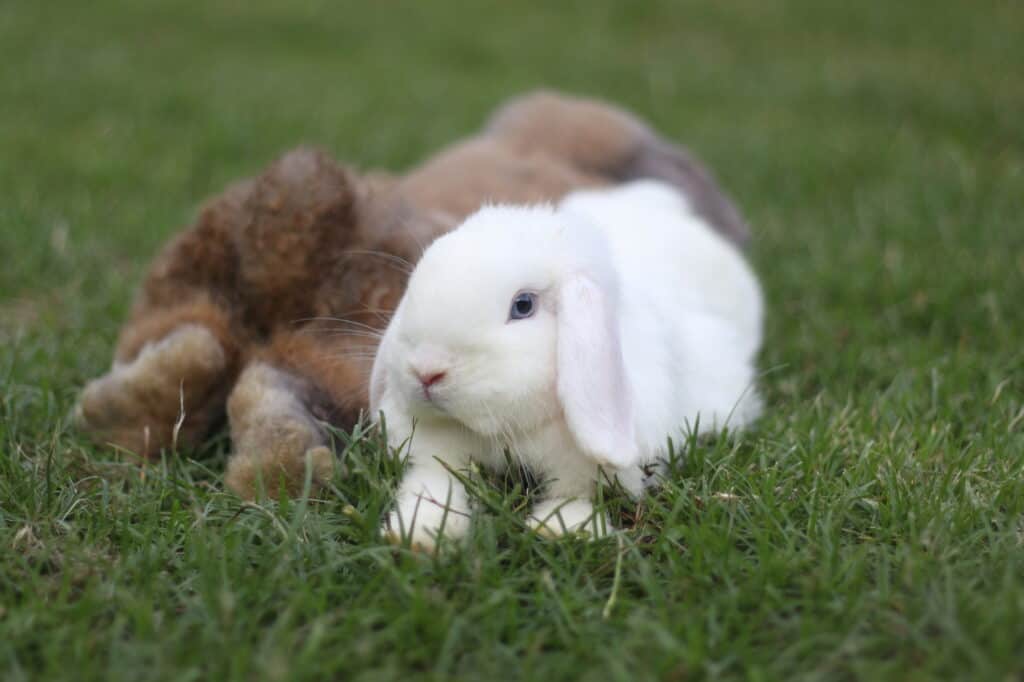
Lifespan
You can expect your Dwarf Holland Lop to live around 6-8 years. However, there are some things you can try to add to the years you’ll enjoy your pet’s company.
- Spaying or neutering: Desexing your bun can help lower the risks for certain diseases such as testicular cancer. It also makes a rabbit less prone to displays of aggression such as growling or biting, which can get him in trouble with other rabbits.
- Housing your bun indoors: Living inside your home lessens the possibility of predators getting to your pet. It also reduces his exposure to disease-carrying parasites.
- Providing a proper diet: Rabbits need plenty of hay to thrive so that should be a staple in your bun’s diet. Make sure you give him fresh veggies and fruits. However, fruits should be given sparingly because they’re rich in sugar.
- Providing affection and socialization: Rabbits are social beings. They crave the company of their kind or their human family. Spending quality time with your pet can enrich and help prolong his life.
So, does a Dwarf Holland Lop fits your home and lifestyle? If you get one of these cuties, expect to receive plenty of affection from this tiny but ultra-lovable bun.
More Rabbit Breed Posts
- How Big Do Holland Lop Rabbits Get? Complete Guide
- How Long Do Flemish Rabbits Live: Giant Breed Facts
- Are Rabbits Rodents? Find Out More About These Small Mammals
- How Long Do Holland Lop Rabbits Live?
- All About Bunnies with Red Eyes: Why and How They Get Red Eyes
We hope you enjoyed this post! If you did, will you give it a share or two 🙂 Thank you! ~from Every Bunny Welcome

